How can coffee professionals use technology to comply with new EU deforestation regulations?
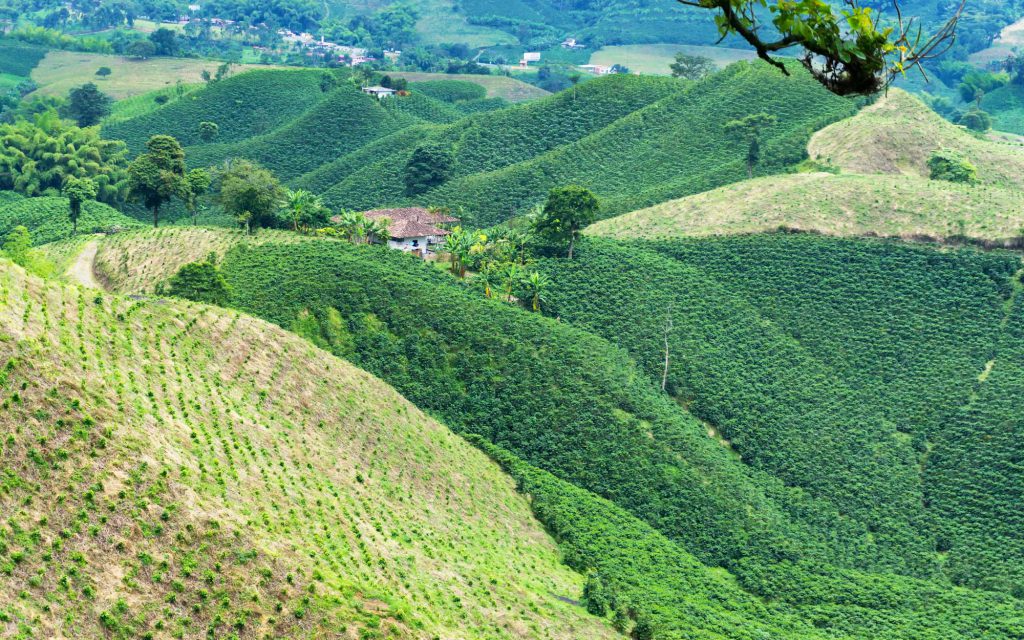
Among the many sustainability issues in global agriculture, deforestation is one of the most prominent – including in coffee production. Experts estimate that large-scale agriculture accounts for around 75% of deforestation around the world, which is one of the leading exacerbators of climate change.
In December 2022, as a direct response to this issue, the European Union (EU) announced a new provisional deal which would seek to minimise and eradicate the import of products linked to deforestation. Effectively, from 2024, this deal means unless traders of certain commodities – including coffee – can certify that their products have come from deforestation-free supply chains, import of these products into the EU will be prohibited.
Naturally, these new EU regulations have major consequences for those working in the export and production of coffee. It’s already difficult to accurately know just how much deforestation is taking place in a supply chain, or if it’s taking place at all. However, industry professionals looking to export to the EU will now have to prove the production of their coffee results in no deforestation following 31 December 2020.
In line with this, more and more coffee professionals are relying on technology and data platforms to map and detect deforestation. Moreover, they also have to prove compliance with these new laws.
To learn more, I spoke with three industry experts. Read on for more of their insight.
You may also like our article on growing sustainability in the coffee supply chain.
Why is deforestation in coffee production an issue?
First and foremost, we need to define deforestation. Simply put, it is the removal of trees to increase land area for agricultural and commercial purposes. Naturally, this can lead to a number of environmental problems.
There is a significant knowledge gap about deforestation in coffee production. In turn, it’s hard to know just how much takes place in the coffee supply chain. However, what we do know is that deforestation is happening in origin countries. And this includes the top five producers in the world.
According to Global Forest Watch, in 2020 and 2021:
Brazil lost 6.28 million ha of forest, over 70% of which was because of commodity-driven deforestation
Vietnam lost 401,000ha of forest, 95% of which was the result of commodity-driven deforestation and changes in the agricultural sector
Colombia lost 589,000ha of forest, 97% of which was because of commodity-driven deforestation and shifts in the agricultural sector
Indonesia lost more than 1.8 million ha of forest, 92% of which was from commodity-driven deforestation
Ethiopia lost 366,000ha of forest, over 90% of which was because of commodity-driven deforestation and shifting agricultural practices
As well as worsening the effects of climate change, there are many reasons why deforestation causes significant harm to the environment.
Alfadrian Syah is the head of the Solok Radjo, an organisation of coffee farmers in Gumanti Hill, Solok in West Sumatra.
“Deforestation can lead to a loss of shelter for animals which help maintain the biodiversity of local ecosystems, such as birds of prey and pollinating insects,” he says. “Additionally, soil erosion can worsen the quality of soil and reduce the availability of water for coffee plants.
“As a result, coffee yields can decrease and quality may also be compromised,” he adds.
Challenges that smallholder farmers face
Coffee production isn’t necessarily a driver of deforestation. But evidence suggests that deforestation does take place on coffee farms, as well as in immediate surrounding areas. However, it’s essential to acknowledge that the vast majority of deforestation is directly attributed to large-scale agriculture.
In fact, deforestation on a small scale can actually be sustainable. For example, a smallholder farmer may cut down a few trees to use for firewood or construction, with the intention of replanting the trees at a later date.
“Coffee farmers need to understand the impact of deforestation and make efforts to avoid or minimise deforestation practices,” Alfadrian tells me. “One way to do this is to implement agricultural practices that prioritise environmental preservation and sustainability.”
The new EU Deforestation Regulation (EUDR) initiative was created as a way to ensure more farmers and companies adhere to stricter standards on deforestation.
Jon Trask is the CEO and founder of Dimitra. The blockchain platform supports smallholder farmers around the world – including in the coffee sector.
He explains that because the EU coffee market is so lucrative, it’s important that producers, millers, exporters, and importers adhere to the new regulations.
“It’s a very, very large market to lose out on if your supply chain is linked to deforestation,” he explains. “However, the economic burden of implementing more sustainable farming is put directly on the producer, who may already make little money.
“We can’t penalise farmers – some of whom live below the poverty line – or prevent them from scaling their business,” Jon adds.
How can coffee farmers and buyers track and prevent deforestation?
It’s no understatement to say that accurately measuring levels of deforestation is challenging, especially on the ground. Deforestation typically occurs at a slow rate, and can often happen far away from coffee farms.
Moreover, some smallholder producers may need to cut down trees to plant more crops or sell wood for timber. However, with the new EUDR initiative in place, it’s now more vital than ever that coffee farmers, millers, and traders know where and when deforestation is happening – as well as how to reduce it.
As part of a project with the Faculty of Agriculture at Andalas University in West Sumatra, Dimitra is working with farmers at the Solok Radjo coffee project to reverse soil degradation and prevent deforestation.
By conducting land surveys and monitoring soil and plant health, researchers found that the topsoil layer on local farms was too thin, while the soil’s pH levels were too high. In turn, this meant certain crops couldn’t be grown on these farms. To add to this, soil erosion from rain and wind was also causing further damage.
“Without action to change the course of deforestation, we will continue to lose vegetation, as well as soil due to continued erosion,” Alfadrian says.
Jon explains how Dimitra worked with local coffee farmers to reduce deforestation and improve growing conditions.
“We realised that if we changed the pH level of the soil by applying nutrients, we could increase farmers’ yields,” he tells me. “We analysed soil samples and found that we could increase revenue by US $3,000 per hectare by investing in and applying a natural calcium-based fertiliser.”
Why is using technology to track deforestation important?
Without using the proper tools, it’s nearly impossible for coffee farmers, millers, importers, and exporters to monitor deforestation rates. In line with this, technology plays a critical role.
“Most farmers we work with don’t have access to these kinds of platforms,” Jon says. “Some farmers may not have used smartphones before, too.”
However, when using dedicated apps which map deforestation, coffee producers can provide a range of information about their farming practices. These include:
Soil health
Irrigation and weeding
Harvesting techniques
Alfadrian explains how receiving more support and formal training has helped local coffee farmers.
“We can understand more about the importance of implementing agricultural best practices, as well as how to mitigate deforestation levels,” he tells me.
Jon says that Dimitra plans to carry out similar projects with universities in Bolivia, Colombia, and Honduras in the future.
“As we train more coffee farm workers, more and more producers will become competent with our app, and can potentially teach their neighbours,” he adds.
Riganov Wijaya Kusuma is the Manager of the Minang Coffee Association. The institution connects farmers with the government, academics, financial institutions, and non-profits in West Sumatra.
“We hope to implement similar projects in other areas in the province of West Sumatra,” he says. “Serving high-quality specialty coffee starts at farm level.”
Ensuring compliance with anti-deforestation regulations
Monitoring and preventing deforestation is essential. However, for producers to sell their coffee in EU markets, they now must be able to prove that no deforestation took place in their supply chain following December 2020.
To provide this information, and therefore ensure compliance with the new EUDR initiative, farmers, millers, and traders need access to secure and reliable data.
“When governing bodies first started to talk about anti-deforestation legislation, there were ways around the rules,” Jon explains. He adds that some farmers who didn’t comply with anti-deforestation regulations would provide photos of other areas of land, or use geo-data which didn’t match the boundaries of their farms.
However, given the strict regulations now imposed by the EU, it’s more important than ever to prove compliance.
Using technology
Jon explains how Dimitra’s app includes a Deforestation Compliance feature. This ensures that every shipment of coffee meets new regulatory demands.
He tells me that the app includes both a risk assessment and a mapping and certificate feature, which uses blockchain technology and its own cryptocurrency (DMTR). Farmers can then map out the boundaries of their farm using satellite imagery. They can also request deforestation reports which compare the latest weekly satellite images to ones from 2020.
Using AI-driven technology and high-resolution satellite image analysis, the app allows supply chain actors to detect deforestation, prove compliance with the EUDR, and reduce the risk of fraudulent activity. This is done by highlighting lost tree cover in red and new tree cover in green.
Another important aspect of complying with new anti-deforestation regulations is providing any required documentation. For example, farmers using Dimitra’s app can provide their certificate to prove compliance.
With the EU’s anti-deforestation regulations set to come into effect in spring 2023, coffee professionals need to be aware of what these new laws mean for them.
Ultimately, technology can better assist producers, millers, and traders to track deforestation across their supply chains. At the same time, there needs to be a bigger focus on how this can be done in a way that best supports producers and their communities.
Enjoyed this? Then read our article on sustainability in coffee: what are the main issues?
Photo credits: Dimitra
Perfect Daily Grind
Please note: Dimitra is a sponsor of Perfect Daily Grind.
Want to read more articles like this? Sign up for our newsletter!
The post How can coffee professionals use technology to comply with new EU deforestation regulations? appeared first on Perfect Daily Grind.
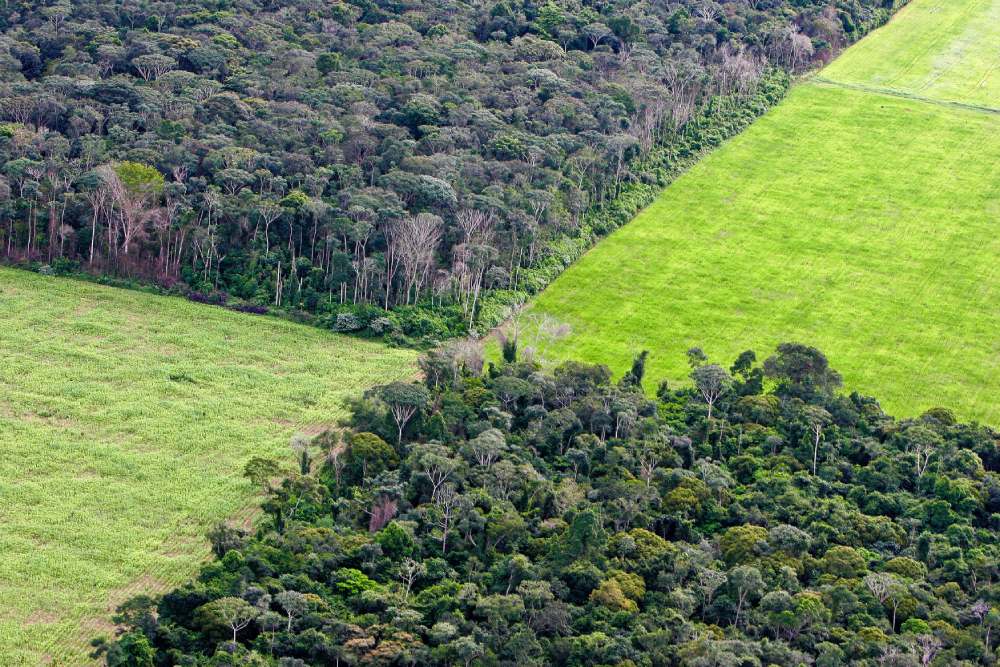
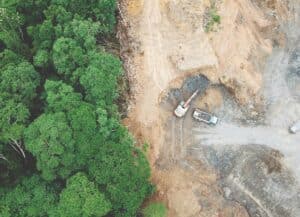
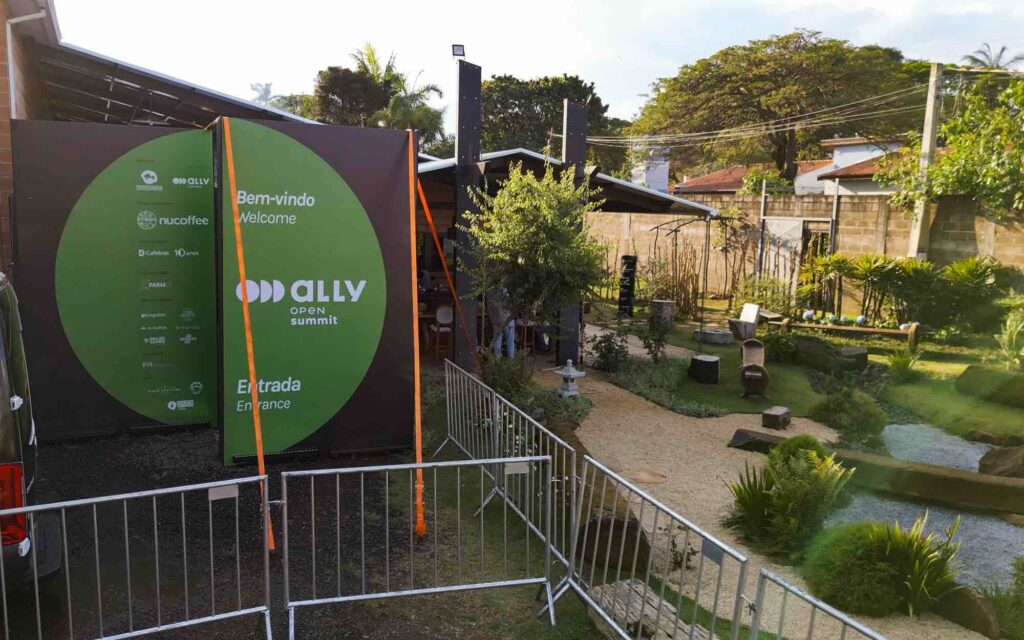
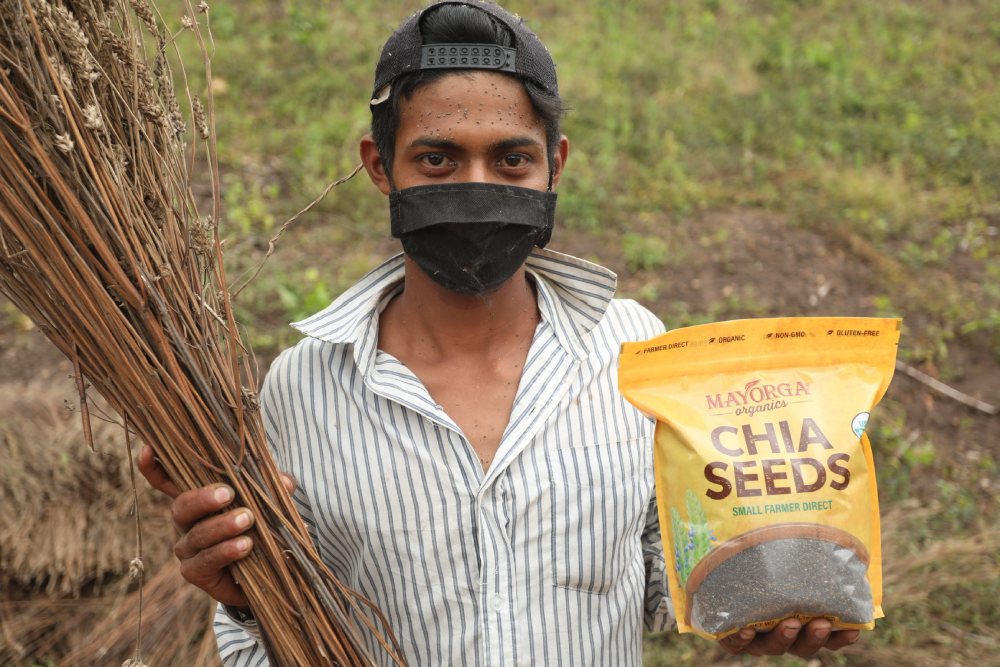
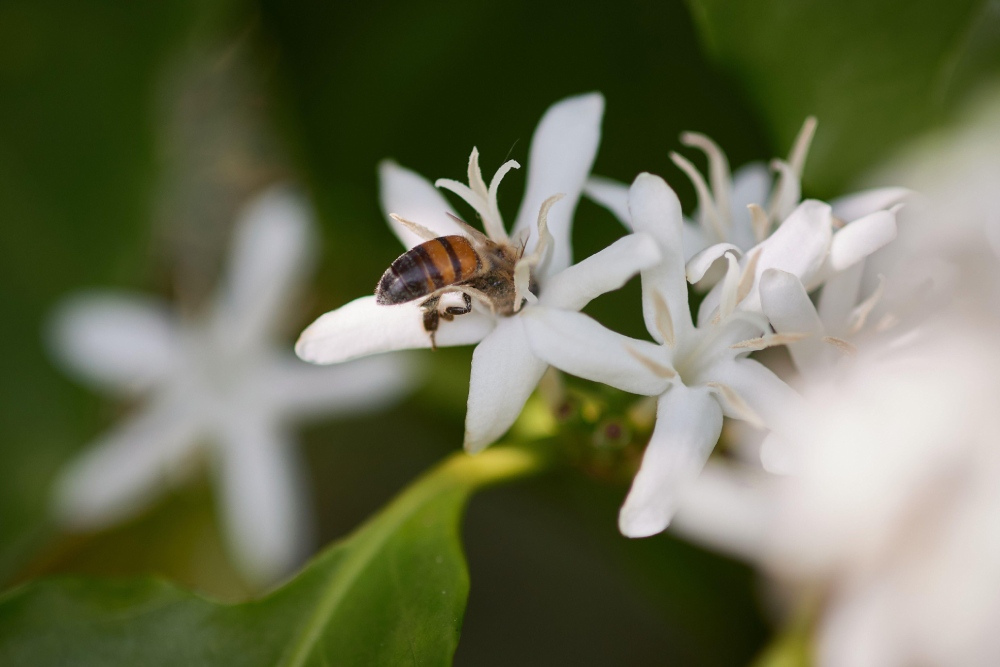
Responses